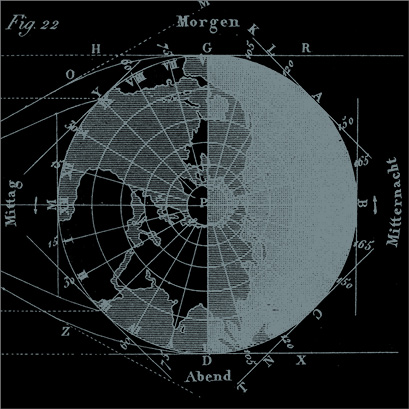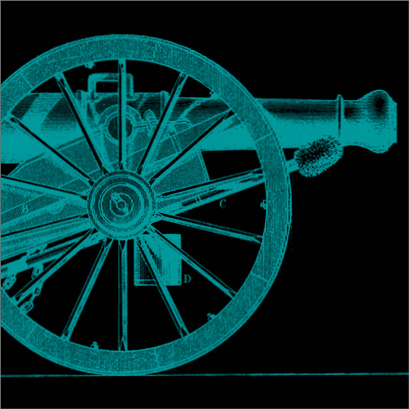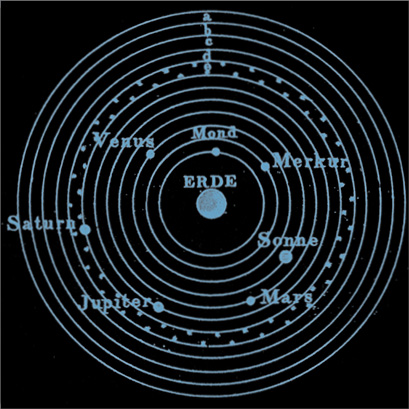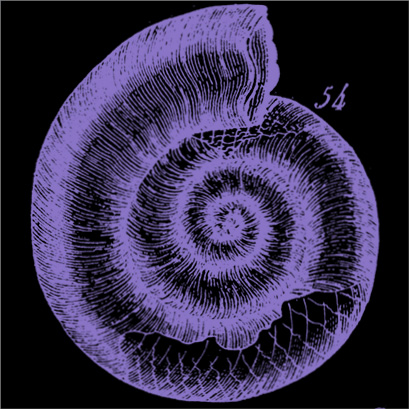The Vision Series 5: The Stars
THE VISION SERIES![]() A GBD MICROSITE
A GBD MICROSITE
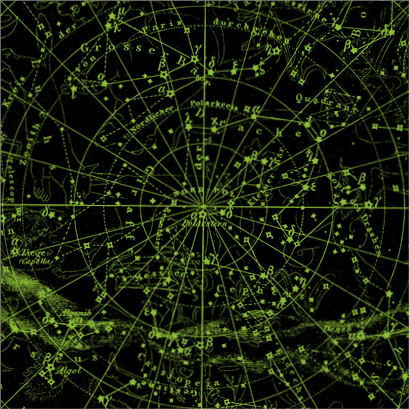
“For my part, I know nothing with any certainty but the sight of the stars makes me dream.”
Vincent van Gogh
![]()
FACTS ABOUT VISION: Shark Eyes May be Used for Human Surgeries
Because the optic nerve that connects the eye to the brain is so sensitive, scientists have yet to be able to transplant an eye. But they have developed other procedures to correct many common eye problems. Perhaps the most surprising solution that has been developed is the use of shark corneas. Because sharks’ corneas are so similar to humans’, scientists have used them for human corneal transplant surgery. Similar corneas aren’t the only eye traits that humans and sharks share. The Hammerhead shark, with its wide head and eyes set far apart, have stereo vision similar to that of humans. That means that they have improved depth perception, making it easier to hunt their prey and navigate their surroundings. [A]
![]()
BOOKS ABOUT EYES: “The Eye of the Mammoth”
by Stephen Hartigan, University of Texas Press, 2013
History—natural history, human history, and personal history—and place are the cornerstones of The Eye of the Mammoth. Stephen Harrigan’s career has taken him from the Alaska Highway to the Chihuahuan Desert, from the casinos of Monaco to his ancestors’ village in the Czech Republic. And now, in this new edition, he movingly recounts in “Off Course” a quest to learn all he can about his father, who died in a plane crash six months before he was born. Harrigan’s deceptively straightforward voice belies an intense curiosity about things that, by his own admission, may be “unknowable.” Certainly, we are limited in what we can know about the inner life of George Washington, the last days of Davy Crockett, the motives of a caged tiger, or a father we never met, but Harrigan’s gift—a gift that has also made him an award-winning novelist—is to bring readers closer to such things, to make them less remote, just as a cave painting in the title essay eerily transmits the living stare of a long-extinct mammoth. [B]
Please use the thumbnails below to navigate through this section of the site.
[A] The facts above are from the Magruder Eye Institute.
[B] The books noted are from a list by BiblioVault.



